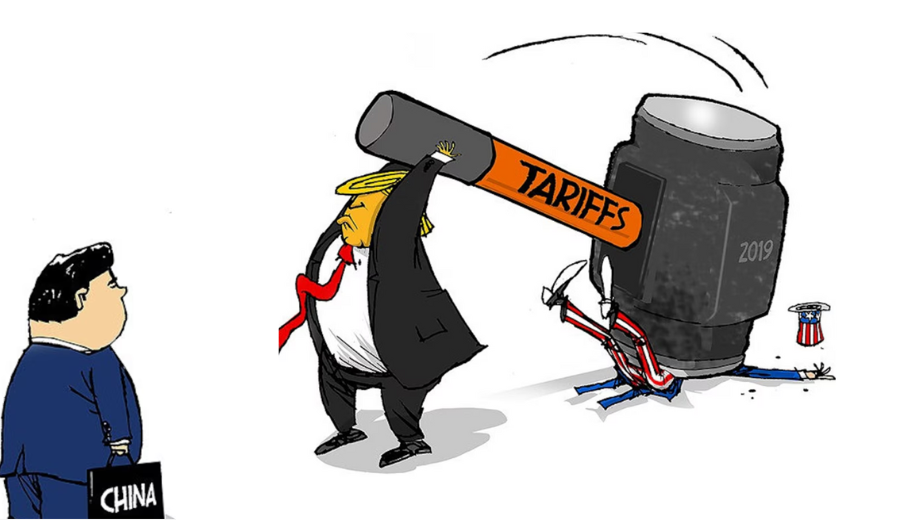On April 7, 2025, President Donald Trump stirred the pot of global economics as he threatened to impose a staggering 50% tariff on Chinese goods if China does not reverse its recent aggressive move of increasing tariffs by 34% by April 8. This bold stance could catapult total U.S. tariffs on certain Chinese imports to an eye-watering 104%.
This new chapter in U.S.-China trade relations follows a pattern of escalating tensions that have left analysts and investors on edge. In a striking warning, Trump also announced that all trade negotiations with China would be suspended if his demands are not met. The implications are significant, causing a ripple of concern through global financial markets.
As financial indices saw declines and inflation worries intensified, the White House emphasized its resolve, maintaining that this aggressive tariff strategy is crucial for strengthening U.S. manufacturing in the long run. Proponents of the strategy believe it will ultimately lead to job creation and economic growth in the United States, while critics warn of potential backlash, including increased prices for American consumers and strained international relations.
Implications for Global Markets
The potential for an escalated trade war raises alarm bells across economic sectors. Investors are left grappling with the uncertainty of increased tariffs, which could lead to higher costs for businesses reliant on Chinese imports. Additionally, many economists fear that prolonged trade tensions could stifle global economic growth, leading to a slowdown that affects countries worldwide.
A Pivotal Moment in Trade Relations
As the deadline looms, all eyes are on China’s response. If China holds its ground, we could see an ongoing cycle of retaliation that may reshape the global trading landscape for years to come. Conversely, if China chooses to negotiate, it could signal a possible thaw in relations, offering a glimmer of hope for stability in international markets.
In conclusion, the stakes are high as President Trump’s tariff threats could redefine the dynamics of global trade. As we move closer to the April 8 deadline, stakeholders from all corners are bracing for whatever comes next, whether it be a trade breakthrough or a significant escalation in tensions.
















